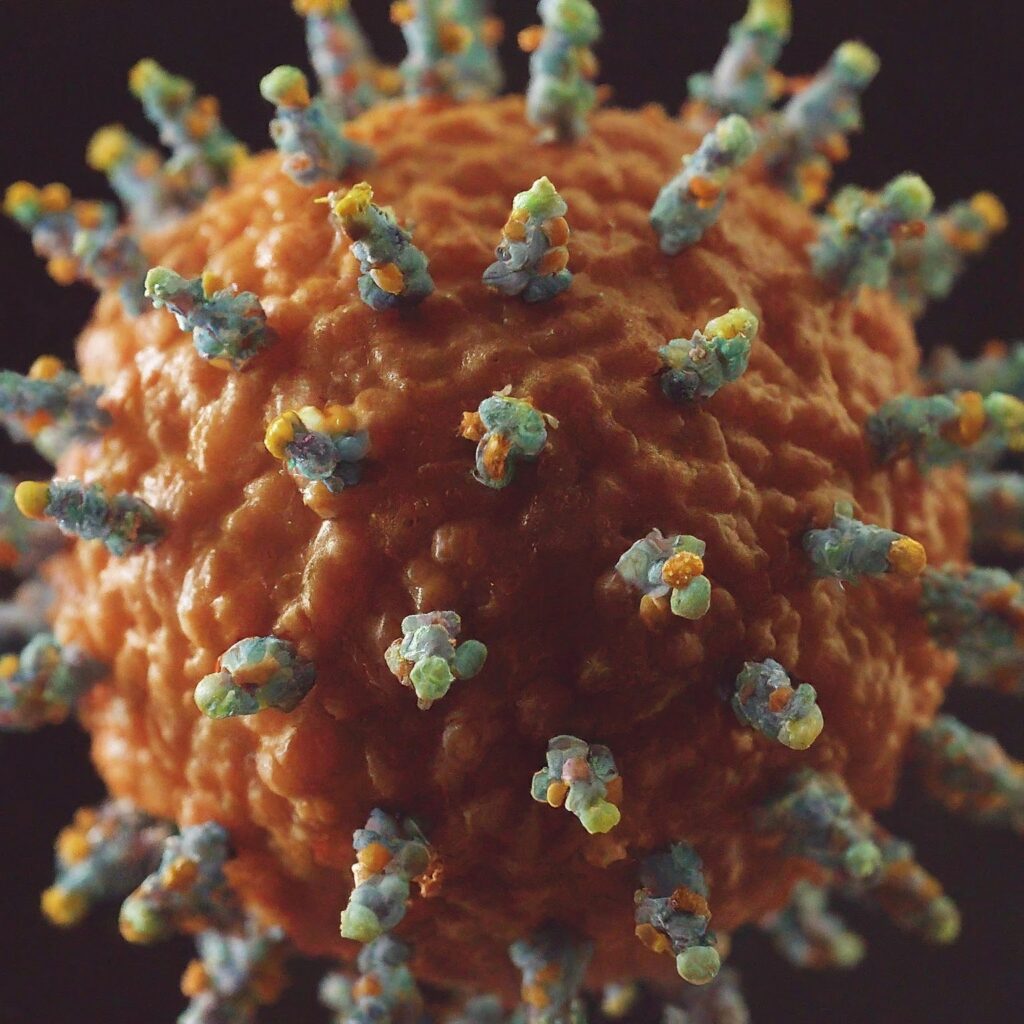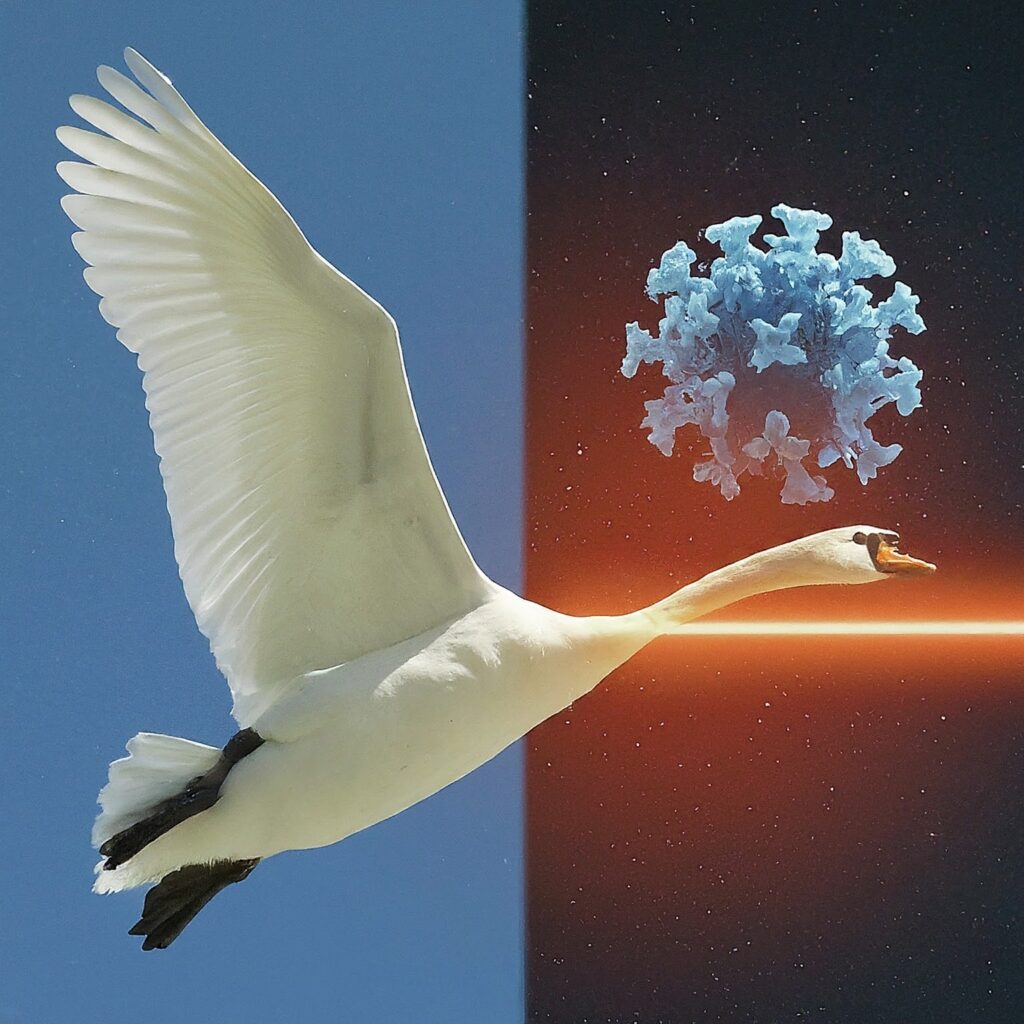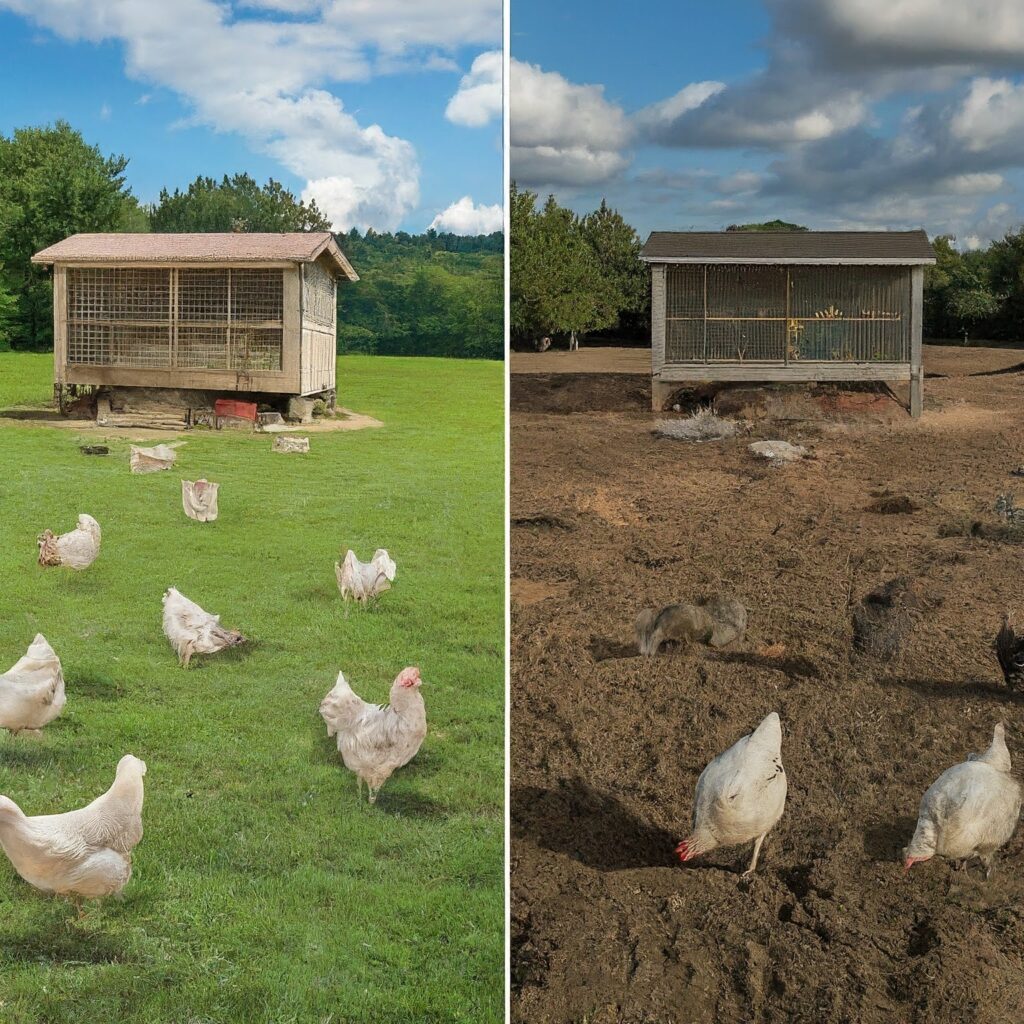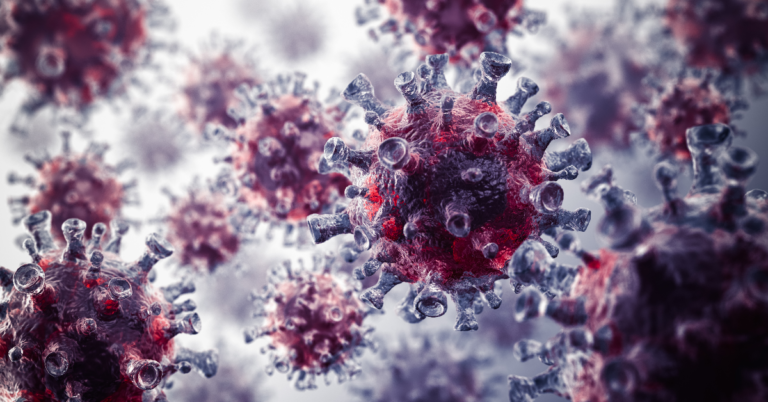Bird flu, also known as avian influenza, often conjures images of mass poultry culling and travel restrictions. But beyond the headlines lies a fascinating and complex world of viral science. This article delves into the science of bird flu, exploring how it spreads, how it mutates, and the potential implications for human health.
Beyond the Farmyard: Diverse Strains and Transmission Routes
Bird flu viruses belong to the influenza A family, with numerous subtypes categorized by their protein structures. Importantly, these viruses primarily infect birds, with wild waterfowl acting as natural reservoirs. Here’s how the transmission story unfolds:
Direct Contact: Infected birds shed the virus in their saliva, faeces, and respiratory secretions. Direct contact with these materials can transmit the virus to other birds.

The Environmental Link: Contaminated water sources and surfaces can harbour the virus, allowing healthy birds to become infected.
Migratory Spread: Wild waterfowl, with their long-distance travel patterns, play a crucial role in spreading bird flu viruses across continents.
The Viral Chameleon: Mutation and the Risk of Spillover
Bird flu viruses are notorious shape-shifters. They constantly undergo mutations in their genetic code. While most mutations are inconsequential, some can have significant implications:
- Host Adaptation: Mutations can allow the virus to adapt to new hosts, occasionally resulting in spillover events where the virus jumps from birds to mammals, including humans. The H5N1 and H7N9 subtypes are examples of viruses that have caused human infections in the past.
- Increased Pathogenicity: Some mutations can enhance the virus’s ability to cause disease, leading to highly pathogenic avian influenza (HPAI) strains in birds. These strains can be highly contagious and cause severe illness with high mortality rates in poultry flocks.

Understanding Mutations: A Key to Prevention
Close surveillance of bird flu viruses in wild birds and poultry flocks is crucial for several reasons:

- Early Detection: Identifying HPAI outbreaks quickly allows for the implementation of control measures like quarantine and culling to prevent further spread.
- Monitoring for Spillover Potential: Studying mutations helps scientists assess the risk of the virus adapting to humans and causing pandemics.
Beyond the Headlines: A Collaborative Approach
While bird flu poses a potential threat, a multi-pronged approach can mitigate risks:
- Biosecurity Measures: Strict biosecurity measures in poultry farms, including hygiene protocols and controlled access, minimize the risk of virus introduction and spread.
- Vaccination of Poultry: Vaccination programs for poultry can help reduce the spread of the virus within flocks and potentially lower the risk of spillover events.
- Global Surveillance: International collaboration and information sharing are critical for tracking bird flu outbreaks and implementing coordinated responses
A Cautionary Tale: The H5N1 Outbreak in Southeast Asia
In 2003, the H5N1 subtype of bird flu emerged in Southeast Asia, causing devastating outbreaks in poultry flocks across several countries. The virus spread rapidly through bird-to-bird contact and contaminated environments.

Millions of birds were culled to control the outbreak. While human infections were relatively rare, there were some documented cases, highlighting the potential for spillover. This real-world example underscores the importance of surveillance and preparedness for bird flu threats.
The Future of Bird Flu: A Race Against Mutation
Bird flu is a complex and ever-evolving viral threat. By understanding its transmission routes, mutation patterns, and the importance of surveillance and prevention strategies, we can navigate this challenge effectively.
A Beacon of Hope: Research Efforts for Better Defense
Scientists are actively engaged in research to combat bird flu:
- Universal Flu Vaccines: Research is underway to develop universal flu vaccines that would be effective against a broad range of influenza A viruses, including potential pandemic strains.
- Next-Generation Antivirals: The development of new antiviral drugs specific to bird flu viruses is another area of active research. These drugs could provide additional treatment options for human cases and potentially help control outbreaks in poultry.
The Power of Knowledge
Bird flu science is a dynamic field. Staying informed about bird flu transmission, mutation patterns, and ongoing research efforts empowers individuals and communities to contribute to a more proactive approach towards this global health concern.
Remember: Knowledge is power.
References:
- Centres for Disease Control and Prevention (CDC): https://www.cdc.gov/flu/avian/index.html
- Food and Agriculture Organization of the United Nations (FAO): [https://www.fao.org/3/i0808e/i0808e.pdf]



